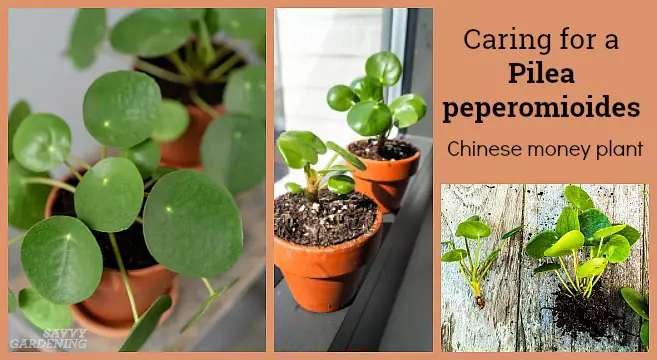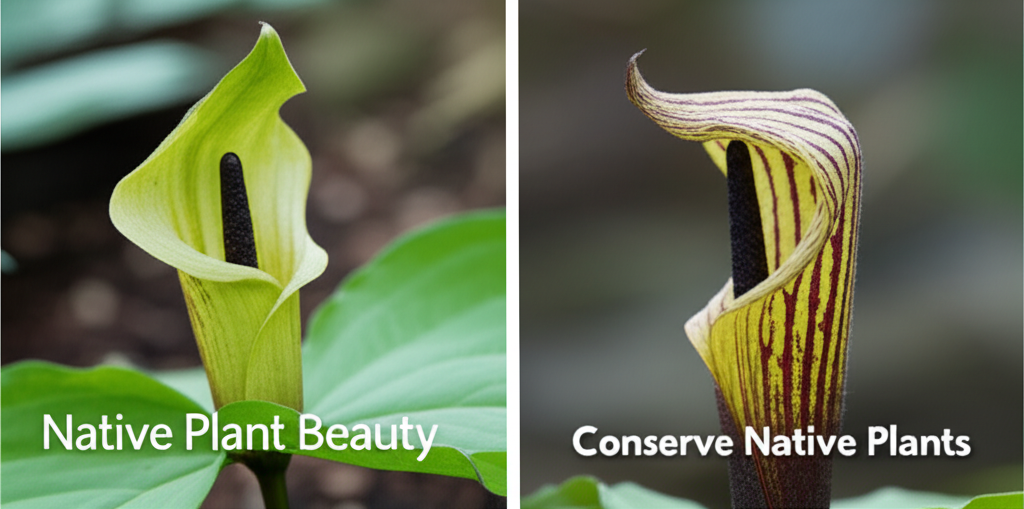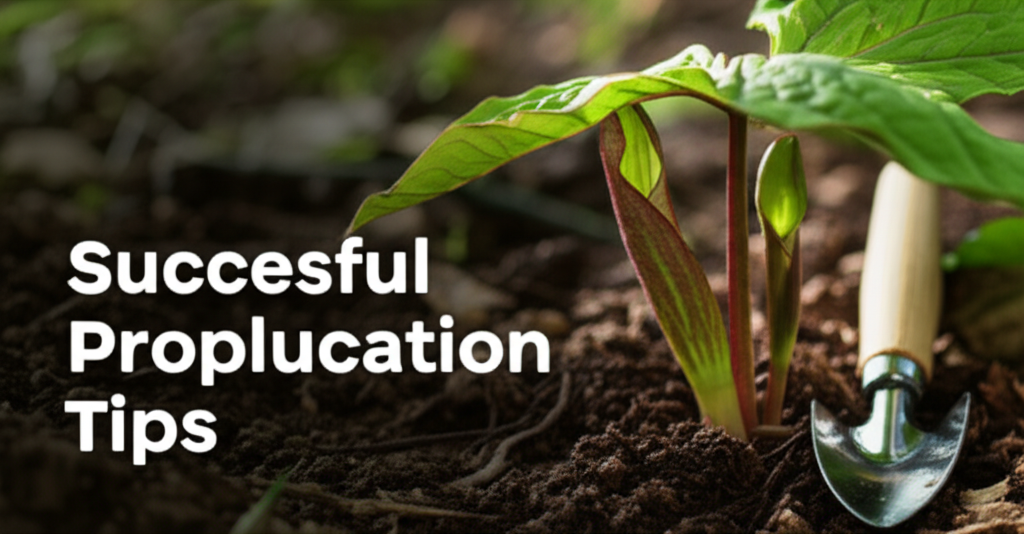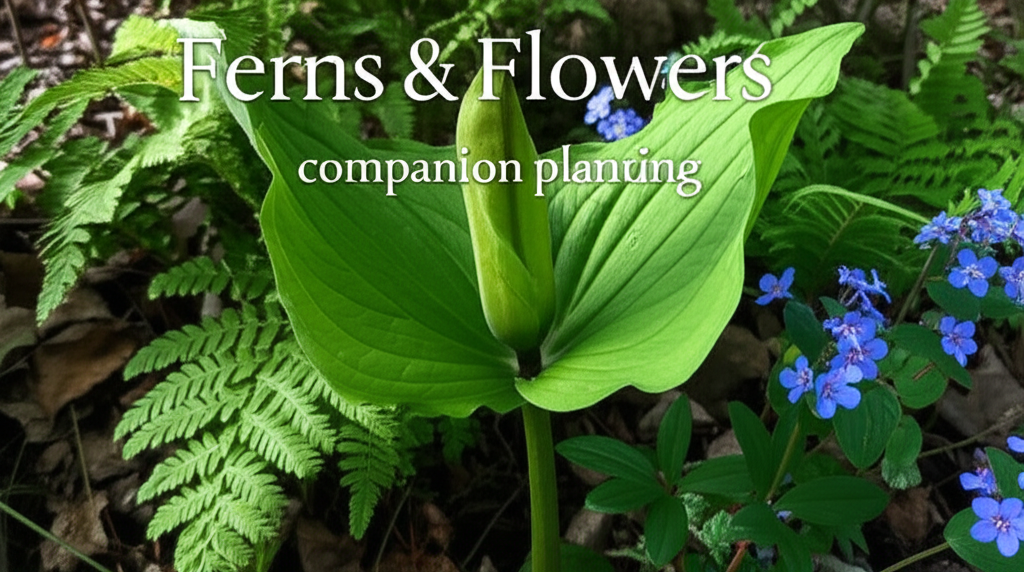Water a chinese money plant once a week, allowing the soil to dry out partially between watering. Chinese money plant, also known as pilea peperomioides, is a popular houseplant due to its unique coin-shaped leaves and easy care requirements.
Although it is a low-maintenance plant, proper watering is crucial for its health and growth. Overwatering can cause root rot, while underwatering can lead to leaf wilting and dropping. The ideal watering frequency for a chinese money plant is once a week, but it may vary depending on factors such as temperature, humidity, and soil type.
In this article, we will discuss how to water a chinese money plant, signs of overwatering and underwatering, and other essential care tips to keep your plant thriving.

Credit: www.plantthefuture.com
Understanding The Chinese Money Plant
Brief Introduction To The Chinese Money Plant
If you’re a plant lover, you’ve undoubtedly heard of or even own the chinese money plant. Pilea peperomioides, its scientific name, is a popular houseplant that’s recognizable by its perky, coin-shaped leaves and thin stems. It’s native to yunnan province in southern china and is a member of the stinging nettle family.
Chinese money plants are easy to care for and a favourite of beginners and seasoned gardeners alike.
Overview Of The Plant’S Growth Habits
Understanding the growth habits of the chinese money plant will help you care for it properly. Here are some key points to keep in mind:
- Chinese money plants can grow to be up to 12 inches tall.
- The plant’s leaves grow in a circular pattern and can grow up to four inches across.
- These plants can be propagated easily and reproduce by producing offspring from their stems and roots.
- The chinese money plant prefers bright, filtered light and should not be exposed to direct sunlight.
Unique Features Of The Chinese Money Plant
The chinese money plant has some unique features that make it stand out from other houseplants. Here are some of the most notable characteristics:
- This plant grows in a distinctive, circular pattern, with each new leaf appearing on the opposite side of the stem from the previous leaf.
- Chinese money plants are also known for “dancing” – their leaves move in response to sunlight and other external stimuli.
- Unlike many other houseplants, the chinese money plant is pet-friendly and is not toxic to dogs or cats.
- This plant is known for its air-purifying capabilities, making it a great choice for improving the air quality in your home.
With its unique growth habits and easy care requirements, the chinese money plant is a great addition to any indoor garden. By following some basic care instructions and keeping an eye out for any issues, you can enjoy this beautiful plant and all of its benefits for years to come.
Factors Affecting Watering Frequency
Are you wondering how often you should water your chinese money plant? The answer is not clear-cut because the watering frequency of the plant depends on different factors. Here are some factors that you should consider when watering your chinese money plant:
Importance Of Soil Type
The type of soil you use is crucial in determining how often your chinese money plant needs watering. The ideal soil for this plant is well-draining soil that allows water to flow away from the roots. Soil that does not drain well can cause root rot, which can kill the plant.
To prevent waterlogging, you can add perlite, gravel, or sand to the soil mix. These materials improve drainage and aerate the soil. Regularly checking the soil’s moisture level using a moisture meter is also an excellent way to ensure you don’t overwater or underwater the plant.
The Role Of Humidity In Watering Frequency
The humidity level of your plant’s environment is another essential factor in determining its watering frequency. If the air is dry, your plant may require more frequent watering to maintain its moisture level.
You can increase the humidity level by placing a tray with water near the plant or by using a humidifier. It is also essential to make sure that water doesn’t remain on the leaves as it can encourage fungal growth and damage the plant.
Light Intensity And Its Impact On Watering Needs
Light intensity plays a crucial role in the watering needs of the chinese money plant. Plants in bright light or sunlight may require more frequent watering than plants that receive less light.
Plants experiencing too much direct sunlight can dry out faster, while those in lower light conditions may use water more slowly. Before watering the plant, it is essential to check the soil’s dryness level and not water it only because it is in direct sunlight.
Other Factors To Consider
Apart from the factors mentioned, several other factors can affect the watering frequency of your chinese money plant:
- Pot size: Smaller pots dry out faster than larger pots, so smaller pots require more frequent watering.
- Season: In warmer seasons, your plant may require more water than in colder seasons.
- Plant age: Younger plants need more frequent watering than older, established plants.
- Plant growth stage: Plants in the active growth stage may need more water than dormant plants.
By understanding these factors, you can be sure that you are providing your chinese money plant with the right amount of water it needs to thrive. Remember, a well-watered plant is happier, healthier, and more beautiful!
Determining The Right Watering Schedule
If you want your chinese money plant to thrive and stay healthy, it’s essential to determine the right watering schedule. Here are some factors to consider and common watering mistakes to avoid.
Factors To Consider When Creating A Watering Schedule
To ensure your plant receives the right amount of water, you must think about several factors like humidity, temperature, and lighting conditions. Here’s what you should consider:
- Soil type: Check the moisture level of the soil regularly. If it’s dry, it’s a sign that your plant needs watering.
- Pot size and drainage: Make sure the container has proper drainage holes and isn’t too big for the plant. Consider the soil-to-plant ratio for the best watering results.
- Light and temperature: The chinese money plant does well in indirect sunlight and temperature between 15-25°c. The warmer the temperature, the more frequent watering may be necessary.
- Humidity: This plant prefers a high level of humidity. Consider using a humidifier to maintain the right level of humidity.
Common Watering Mistakes To Avoid
Overwatering or underwatering is the biggest enemy of chinese money plants. Here are some common mistakes to avoid:
- Watering too frequently: Overwatering can damage the roots and lead to root rot.
- Overcompensating for missed watering: If you missed watering your plant, do not try to compensate for it by giving too much water at once. It can lead to waterlogged soil and damage to the roots.
- Ignoring soil moisture: Always check the soil moisture level before watering your plant. If it’s still moist, your plant does not need additional water yet.
Signs Of Over-Watering And Under-Watering
Knowing the signs of over-watering and under-watering is essential for your plant’s survival. Here’s what to look out for:
- Over-watering signs: Yellowing leaves, brown spots, and a dropping plant.
- Under-watering signs: Wilting, yellowing leaves, and a dry potting mix.
Now that you know how to determine the right watering schedule and avoid common mistakes, your chinese money plant will thrive, stay healthy, and bring beauty to your home.
Tips For Proper Watering Techniques
Understanding Proper Drainage Techniques
One important aspect of watering a chinese money plant is understanding proper drainage techniques. Here are some tips to keep in mind:
- Always make sure there are drainage holes in the bottom of your plant pot to allow excess water to escape.
- Use a well-draining soil mix that promotes air circulation around the roots.
- Avoid leaving your plant standing in a saucer filled with excess water as it can lead to root rot.
Importance Of Using The Right Watering Tools
To ensure proper watering of your chinese money plant, it’s important to use the right tools. Here’s what you need to know:
- Watering cans with long and narrow spouts work well for delivering water directly to the soil around the base of your plant.
- Spray bottles or misters can help deliver a fine mist of water to the plant’s leaves, which can be beneficial in drier environments or during winter months when the air is dry.
- Avoid using cups or utensils to deliver water as it can be difficult to control the amount of water being delivered, potentially leading to overwatering.
Difference Between Direct And Indirect Watering Techniques
There are two main techniques for watering your chinese money plant – direct and indirect watering. Here’s what you need to know about each:
Direct watering technique:
- Direct watering involves pouring water directly onto the soil in your plant pot until it runs out of the drainage holes.
- This technique allows for water to be delivered directly to the root system and is recommended for younger plants or those growing quickly.
- It’s important to avoid watering the foliage as it can increase the likelihood of fungal or bacterial growth.
Indirect watering technique:
- Indirect watering involves placing your plant pot in a larger container filled with water and allowing the soil to absorb water through the bottom drainage holes.
- This technique is recommended for older or more established plants and can help prevent overwatering.
- It’s important to avoid leaving your plant in the larger container filled with water for too long as it can lead to root rot.
By applying these tips for proper watering techniques, you can help your chinese money plant thrive and flourish. Remember to always check the soil moisture before watering, and adjust your watering schedule based on the plant’s needs and environmental factors.
Additional Care And Maintenance
Chinese money plants, also known as pilea peperomioides, are a favourite among houseplant enthusiasts because of their stunning appearance, ease of care, and ability to adapt to different environments. Proper watering is crucial in maintaining these gorgeous plants, but additional care and maintenance practices can help them thrive.
In this blog post, we’ll be discussing soil and fertilizing requirements, handling pests and diseases, and propagation tips for the chinese money plant.
Soil And Fertilizing Requirements
Chinese money plants prefer well-draining, loamy soils that are rich in nutrients. To create a suitable soil mix, mix equal parts potting soil, perlite, and peat moss. This will provide excellent aeration, drainage, and nutrition. You can also add a slow-release fertilizer every six months to encourage healthy growth.
When it comes to fertilizers, chinese money plants do not need much. Over-fertilizing can lead to root burn and cause damage to the plant. A balanced, water-soluble fertilizer can be used every two to three months during the growing season to promote healthy growth.
Handling Pests And Diseases
Like any other houseplant, chinese money plants are susceptible to pests and diseases. Some common pests that may attack these plants include spider mites, whiteflies, and mealybugs. To prevent infestations, it is essential to keep the plant clean and dust-free.
Use insecticidal soap or neem oil to treat infestations.
Chinese money plants are prone to root rot if overwatered. Ensure the soil is well-drained, and there is proper air circulation. If you notice any signs of root rot, such as yellowing leaves or a mushy stem, move the plant to a new pot with fresh soil and reduce watering.
Propagation Tips For The Chinese Money Plant
One of the most exciting aspects of owning a chinese money plant is propagating new plants from the mother plant. They are easy to propagate and can be done in either soil or water. Follow these simple steps to propagate your chinese money plant:
- Choose a healthy stem with a few leaves attached.
- Cut the stem at a 45-degree angle, and remove any leaves at the bottom.
- Dip the stem into rooting hormone and place it into a pot filled with moist soil or water.
- Place the pot in a bright, indirect light and water as needed.
- In a few weeks, you will see new growth emerging from the stem.
Chinese money plants are not only beautiful but also relatively low-maintenance. By following these additional care and maintenance practices, you can help your plant thrive and propagate new plants to share with your friends and family. With the right care, your chinese money plant will be a stunning addition to your home for years to come.
Frequently Asked Questions For How Often To Water A Chinese Money Plant
How Often Should I Water My Chinese Money Plant?
Water your chinese money plant once in every seven to ten days during the growing season. Decrease watering in the winter season as the plant requires less water. Ensuring the soil is completely dry before each watering can help prevent overwatering.
How Do I Know When To Water My Chinese Money Plant?
Check the soil’s moisture level by sticking a finger into the top inch of soil. If the soil is dry, it’s time to water the plant. Variegated leaves indicate that the plant needs water. Yellowing or wilted leaves show overwatering or a lack of drainage.
What Kind Of Water Is Best For Chinese Money Plants?
Use room temperature tap water or rainwater that’s free from chemicals, such as chlorine or fluoride. Use distilled water for a better result.
Can Chinese Money Plants Survive In Low-Light Conditions?
The chinese money plant is a low maintenance plant that needs bright light but can tolerate low light; however, it’s essential to avoid direct sunlight. An east-facing window or artificial light source is perfect.
How Do I Fertilize My Chinese Money Plant?
Use a balanced liquid fertilizer or an organic fertilizer every two weeks in spring and summer. Use it monthly in low-light conditions. Don’t fertilize in the winter season. Dilute the fertilizer to half its strength.
Conclusion
After reading this article, you are now well-informed about the watering needs of your chinese money plant. The trick to keeping your plant healthy is to maintain a consistent watering schedule. Remember to always check the soil’s moisture levels and only water when the top inch of soil feels dry to the touch.
Over-watering can cause root rot, and under-watering can lead to dehydration and eventual death of the plant. Additionally, it’s essential to provide ample drainage and avoid letting your plant sit in a saucer of water. By following these guidelines and regularly assessing your plant’s needs, your chinese money plant will flourish, providing you with joy and a beautiful, unique aesthetic for many years to come.
Don’t forget to share this information with other plant enthusiasts to help them keep their chinese money plants healthy too!



